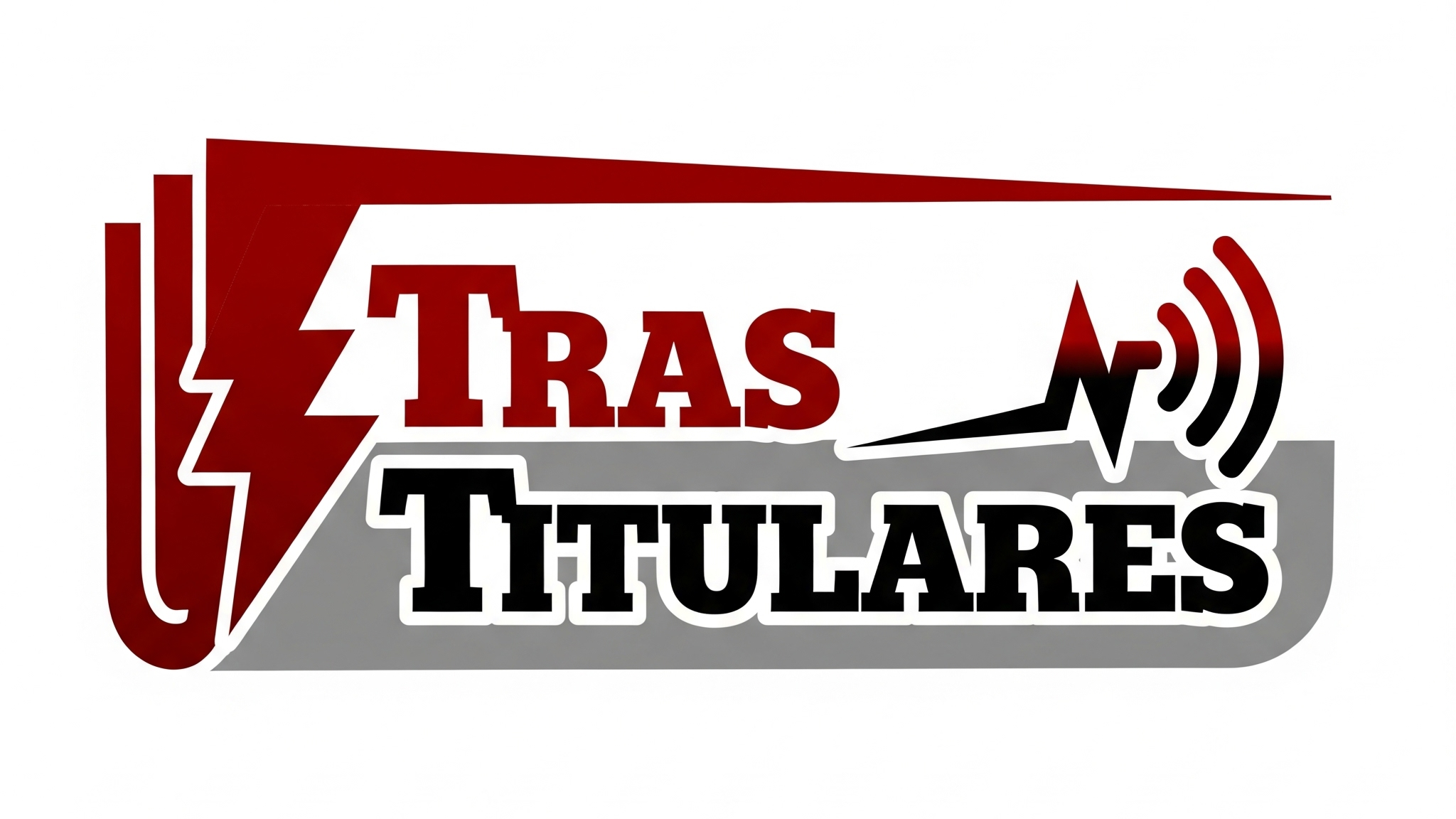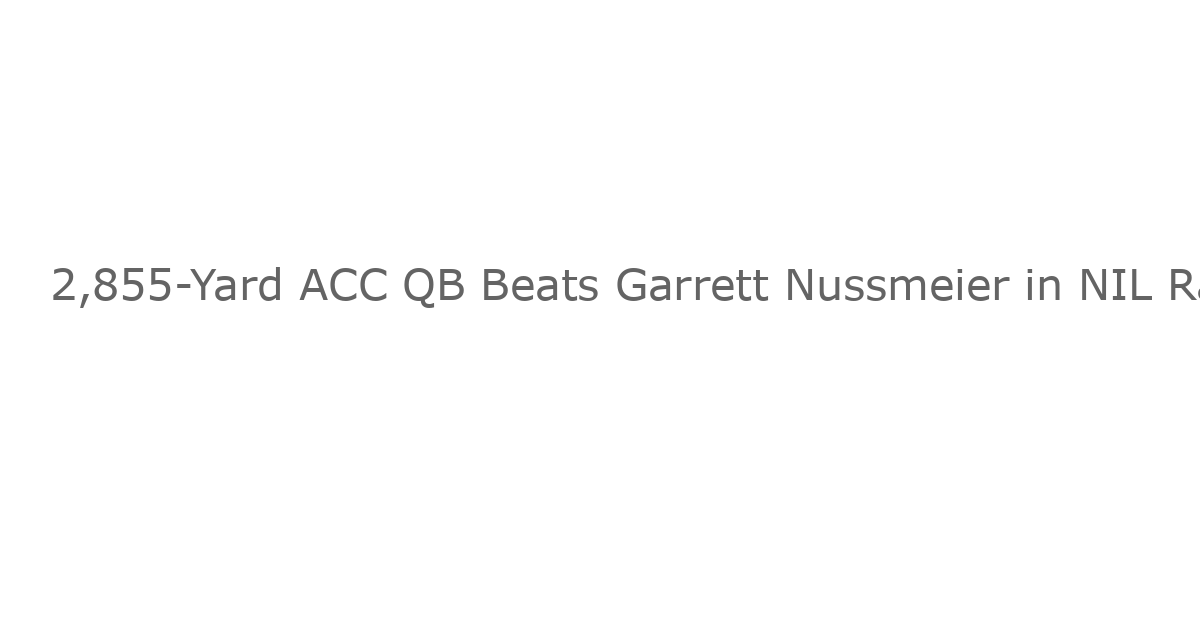Durham, NC – The landscape of college football is being fundamentally reshaped by Name, Image, and Likeness (NIL) deals, with quarterbacks leading the charge. A new report reveals a surprising development: Duke’s Darian Mensah has secured a lucrative two-year NIL contract potentially valued at $10 million, surpassing even seasoned SEC stars like Garrett Nussmeier.
The influx of money for college football quarterbacks has dramatically increased, with at least 24 players expected to earn over $1 million this season, including five projected to surpass $3 million, according to a recent evaluation by Pete Nakos of *On3*. The escalating cost of securing elite signal-callers is driving unprecedented investment.
Mensah, a transfer from Tulane, has quickly established himself as a prominent figure. The 22-year-old quarterback boasts impressive statistics, throwing for 2,723 yards and 22 touchdowns across 13 career games. He also contributed 132 yards and a score on the ground, showcasing versatility that has attracted significant attention from brands eager to align with a rising star. His arrival at Duke has generated an immediate payoff, reflecting a deal typically reserved for established SEC talent.
Despite Nussmeier’s breakout season, characterized by over 4,000 passing yards and nearly 30 touchdowns, he ranks 12th on the list of highest-paid quarterbacks, earning $1.6 million for the 2025 season. This disparity highlights the evolving value of a player’s marketability and performance beyond traditional metrics.
Beyond Mensah and Nussmeier, several other quarterbacks are securing significant NIL income. Bryce Underwood, a freshman transfer to the University of Michigan, has agreed to a four-year, $12 million deal, placing him second on the list. Carson Beck of Miami and Dylan Raiola of Penn State round out the top three, each with contracts reportedly exceeding $3 million. Vanderbilt’s Diego Pavia and Kansas State’s Avery Johnson complete the top five, reflecting the rising value of emerging talent.
These figures demonstrate a clear shift in the priorities of college football, where a player’s potential for brand recognition and marketing value now competes alongside on-field performance in attracting lucrative NIL deals.

